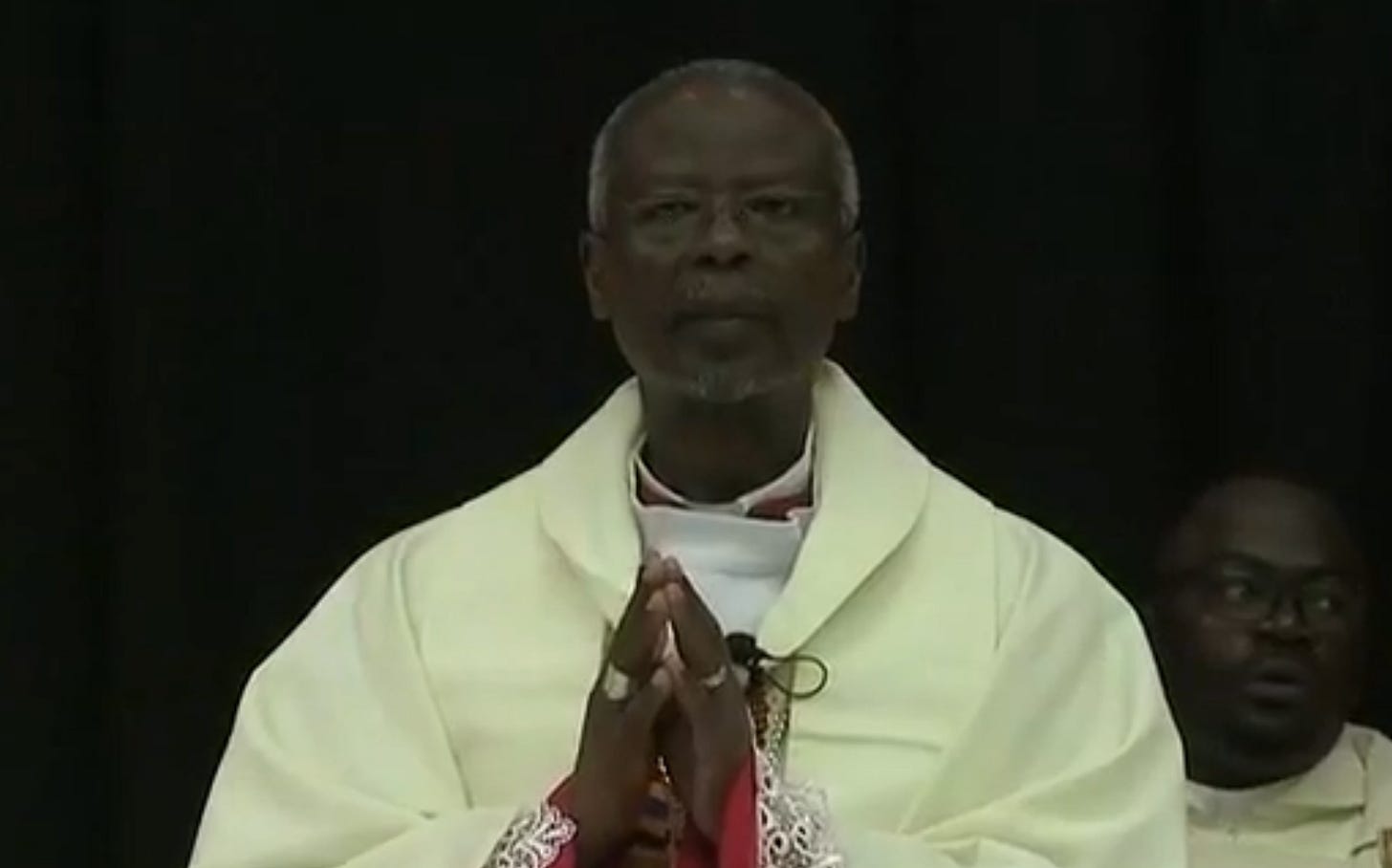Pope Francis just named an archbishop ‘ad personam.' What the heck is that?
A Pillar Explainer
The Church’s hierarchy is full of its own titles, terms, and traditions. Most Catholics know what some of the most common titles mean, and what they do — bishops lead dioceses, and archbishops are in charge of archdioceses, right? Well, sometimes.
On Monday, Pope Francis conferred the tit…

